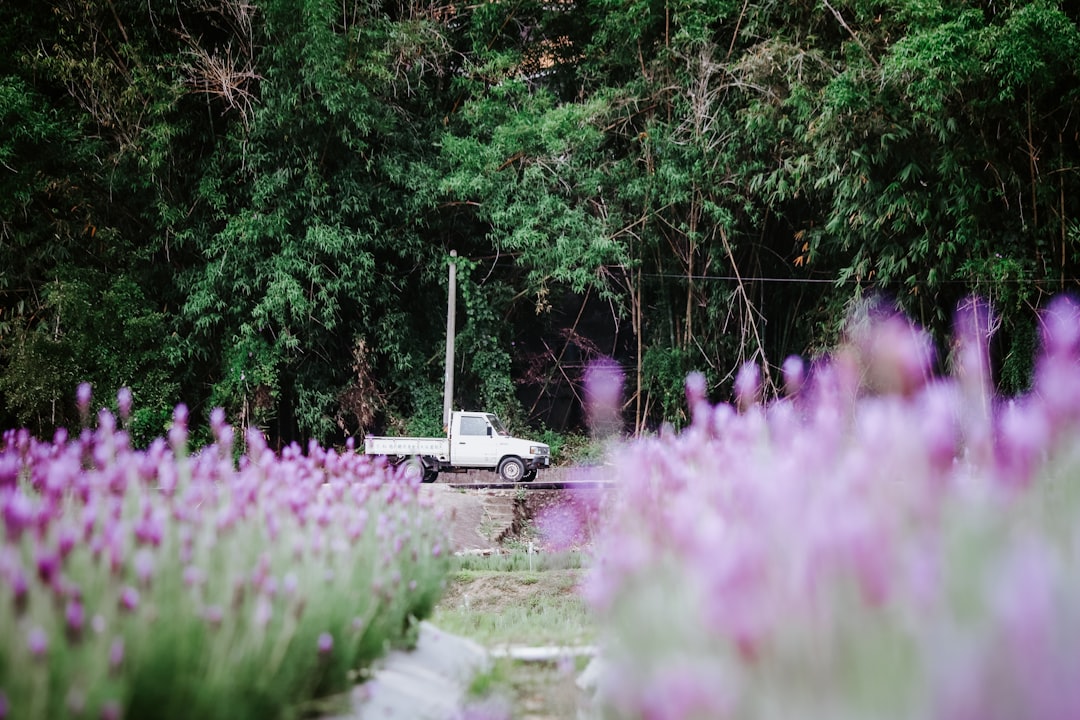Unveiling the Ideal Hydrangeas for Your Landscape

When it comes to enhancing the beauty of your landscape, hydrangeas stand out as a remarkable choice. These versatile plants offer a wide range of colors, shapes, and sizes, making them suitable for various garden settings. Whether you have a large backyard or a small balcony, there is a perfect type of hydrangea for you.
One of the first things to consider when selecting hydrangeas is the amount of sunlight your garden receives. For areas with full sun exposure, some hydrangea varieties thrive better than others. For instance, the Panicle hydrangea (Hydrangea paniculata) is an excellent option. It can tolerate full sun and still produce large, cone - shaped flower clusters. These flowers start off white and gradually turn pink as they age, providing a beautiful display of color transformation throughout the season. The Limelight hydrangea, a popular cultivar of the Panicle hydrangea, is well - known for its bright lime - green flowers that add a unique and eye - catching element to the landscape. It can grow up to 6 - 8 feet tall and wide, making it a great choice for creating hedges or focal points in the garden.
Another sun - loving hydrangea is the Smooth hydrangea (Hydrangea arborescens). It is native to North America and can handle full sun as long as it is provided with adequate moisture. The Annabelle hydrangea, a well - known variety of the Smooth hydrangea, produces large, round white flower clusters that can reach up to 12 inches in diameter. These flowers are not only beautiful but also add a soft and romantic touch to the garden. They are also relatively easy to care for, making them a favorite among novice gardeners.
If your garden has partial shade, the Bigleaf hydrangea (Hydrangea macrophylla) is a top pick. This type of hydrangea is famous for its large, showy flower heads. The color of the flowers can vary depending on the soil pH. In acidic soil, the flowers tend to be blue, while in alkaline soil, they turn pink. The Endless Summer hydrangea, a cultivar of the Bigleaf hydrangea, is particularly special as it has the ability to bloom on both old and new wood. This means that even if it experiences a harsh winter, it can still produce flowers later in the season, providing a longer period of color in the garden.
The Oakleaf hydrangea (Hydrangea quercifolia) is another great option for partially shaded areas. As the name suggests, its leaves resemble those of an oak tree. In addition to its attractive foliage, it produces cone - shaped flower clusters that start white and turn pinkish - brown as they age. In the fall, the leaves of the Oakleaf hydrangea turn a beautiful red, orange, or purple color, adding a splash of autumn color to the landscape. It is also quite drought - tolerant once established, making it a low - maintenance choice for many gardeners.
For those looking for all - season color, some hydrangeas offer more than just beautiful flowers. The Climbing hydrangea (Hydrangea anomala subsp. petiolaris) is a unique option. It is a vine - like plant that can climb up walls, fences, or trees. In the spring, it produces large, white lace - cap flower clusters that are both fragrant and visually appealing. During the summer, its lush green foliage provides a cool and refreshing look. In the fall, the leaves turn yellow, adding a touch of autumn charm. And in the winter, its peeling bark adds an interesting texture to the otherwise bare landscape.
When planting hydrangeas, it is important to prepare the soil properly. Hydrangeas prefer well - drained soil that is rich in organic matter. Adding compost or peat moss to the soil before planting can help improve its fertility and drainage. They also need regular watering, especially during hot and dry periods. However, over - watering should be avoided as it can lead to root rot.
Pruning is another important aspect of hydrangea care. Different types of hydrangeas have different pruning requirements. For example, Panicle hydrangeas can be pruned in late winter or early spring to control their size and shape. Bigleaf hydrangeas should be pruned right after they finish blooming, as they bloom on old wood. Understanding the pruning needs of your specific hydrangea variety is crucial to ensure healthy growth and abundant flowering.
In conclusion, hydrangeas are an amazing addition to any landscape. With so many different types available, you can find the perfect hydrangea to suit your garden's sunlight conditions, size, and your personal aesthetic preferences. Whether you are aiming for a full - sun display, all - season color, or a romantic, shaded garden, these beautiful plants are sure to bring joy and beauty to your outdoor space for years to come.